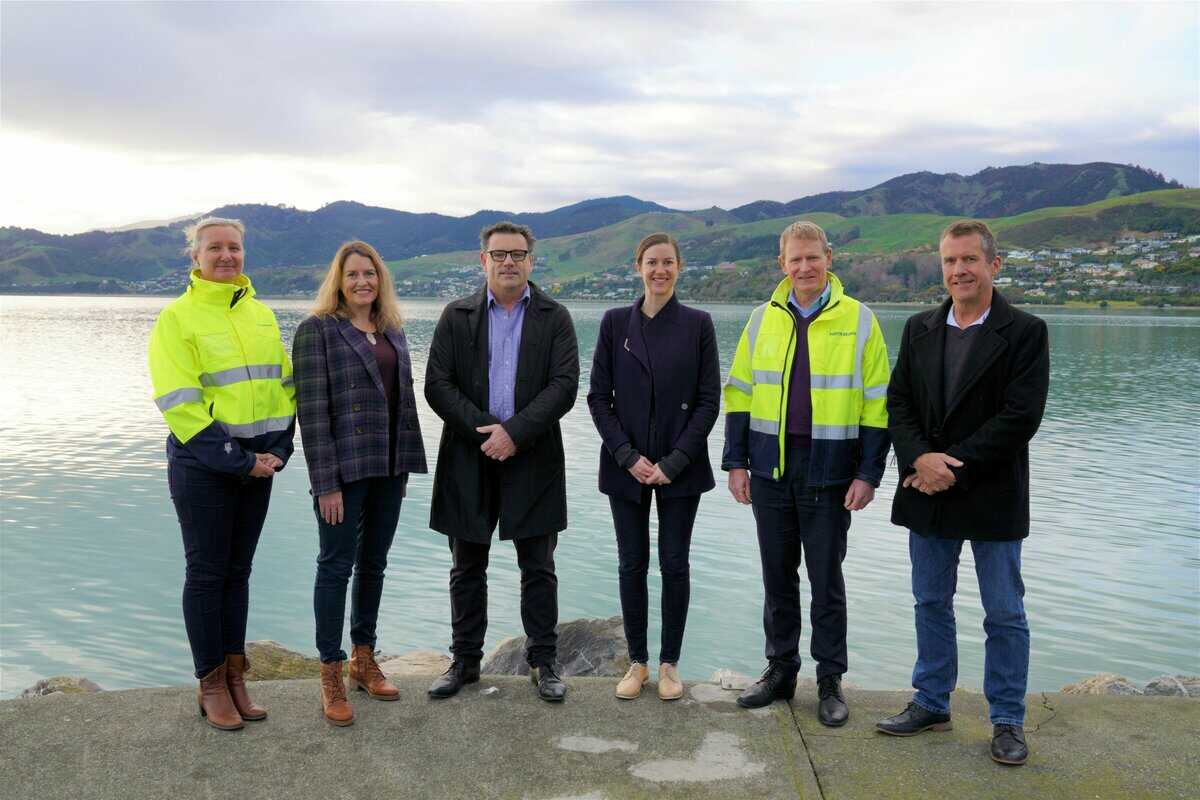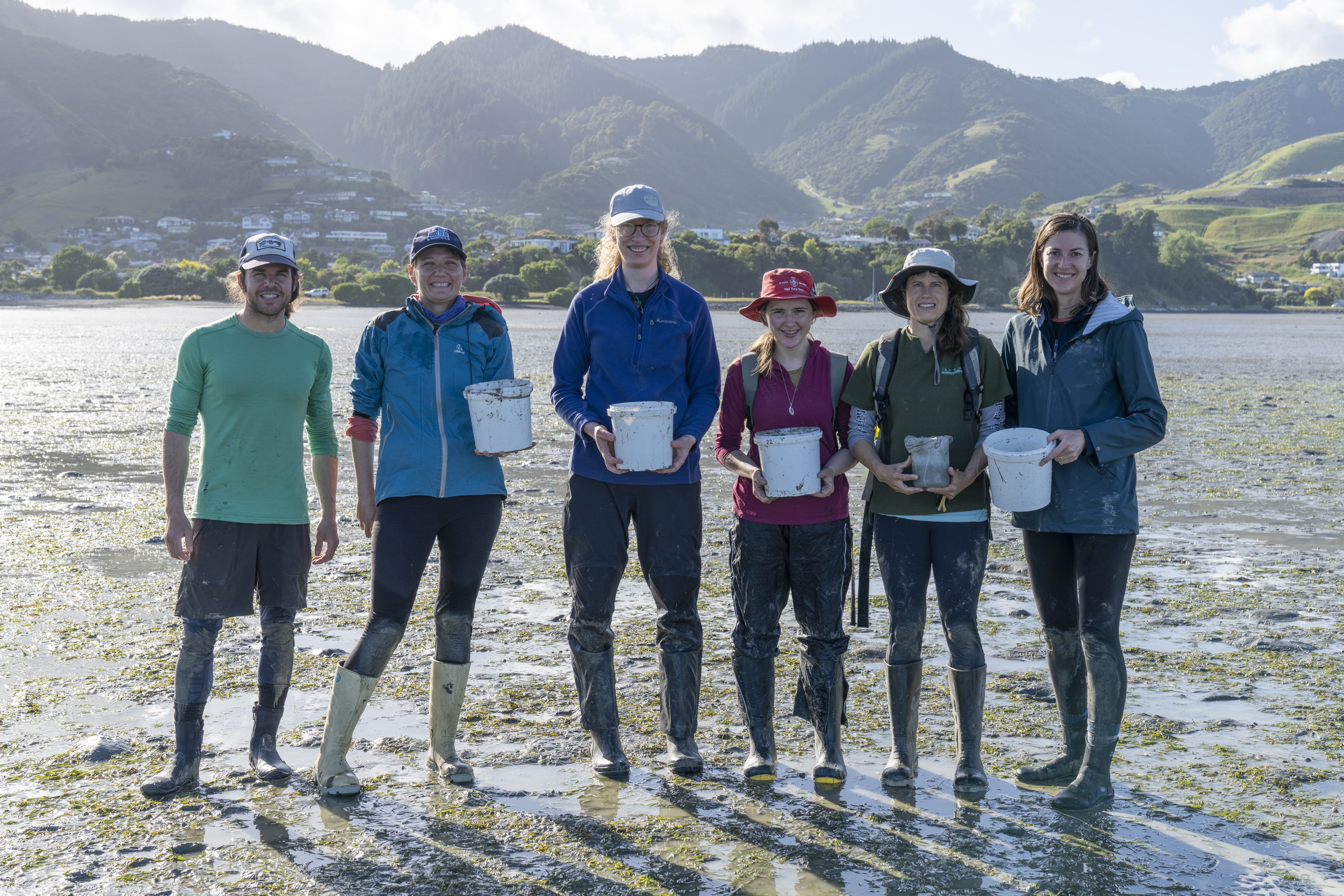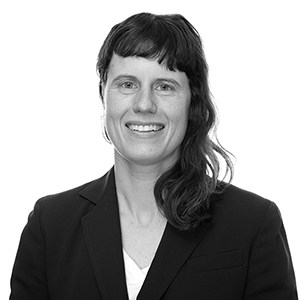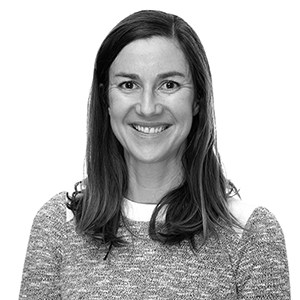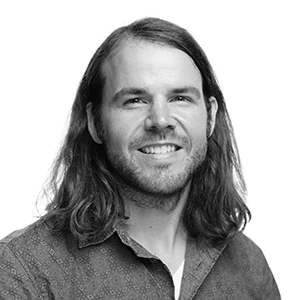
Cawthron Institute is working with businesses, government, industry, environmental groups and mana whenua to launch a national seagrass restoration research programme to support biodiversity, improve water quality and mitigate climate change.
We are leading a multi-year research Programme called ‘Restore the Meadows’ to develop seagrass restoration techniques for Aotearoa New Zealand. A key focus is to develop seed-based techniques that will enable larger scale restoration of seagrass meadows across the country.
This Programme will build off previous work to develop seed-based techniques including when and where to find seagrass flowers and how to collect, process, store, and germinate seeds. We are also trialling other techniques such as transplanting. The knowledge produced will be key for informing future restoration efforts.
Funders: Westpac NZ Government Innovation Fund, OneFortyOne Limited, Port Nelson, Friends of Nelson Haven and Tasman Bay, the Simplicity Foundation, the University of Waikato and the Catalyst Fund.
Previous funding: Nelson City Council, Ngā Pae o te Māramatanga and Cawthron Institute Trust Board.
We also want to thank mana whenua for supporting our research.
We are eager to partner with other organisations who would like to contribute funding support towards this innovative restoration project. Please contact us for more information about sponsorship/investment opportunities.
Background
Seagrass is a marine plant with long green leaves and a root structure, known as rhizomes, that form extensive underground networks to withstand tidal currents. It grows in coastal sandflats in estuaries and harbours, and further out to sea in underwater meadows.
Seagrass meadows are important coastal ecosystems with immense ecological and economic value. They are biological hotspots – helping to improve water quality, mitigate climate change, and support food security including fisheries. However, they are declining due to human activities. In Aotearoa, there is only one seagrass species, Zostera muelleri, that recently has been demonstrated to commonly flower and produce seeds.
Join our mailing list
Sign up for our Restore the Meadows newsletter by clicking the ‘sign up’ button below. In our quarterly updates, we will share how we are progressing in our research and developing new techniques for seagrass restoration in Aotearoa.
Publications & Resources
Research to inform seed-based seagrass restoration in Aotearoa New Zealand (researchgate.net)
